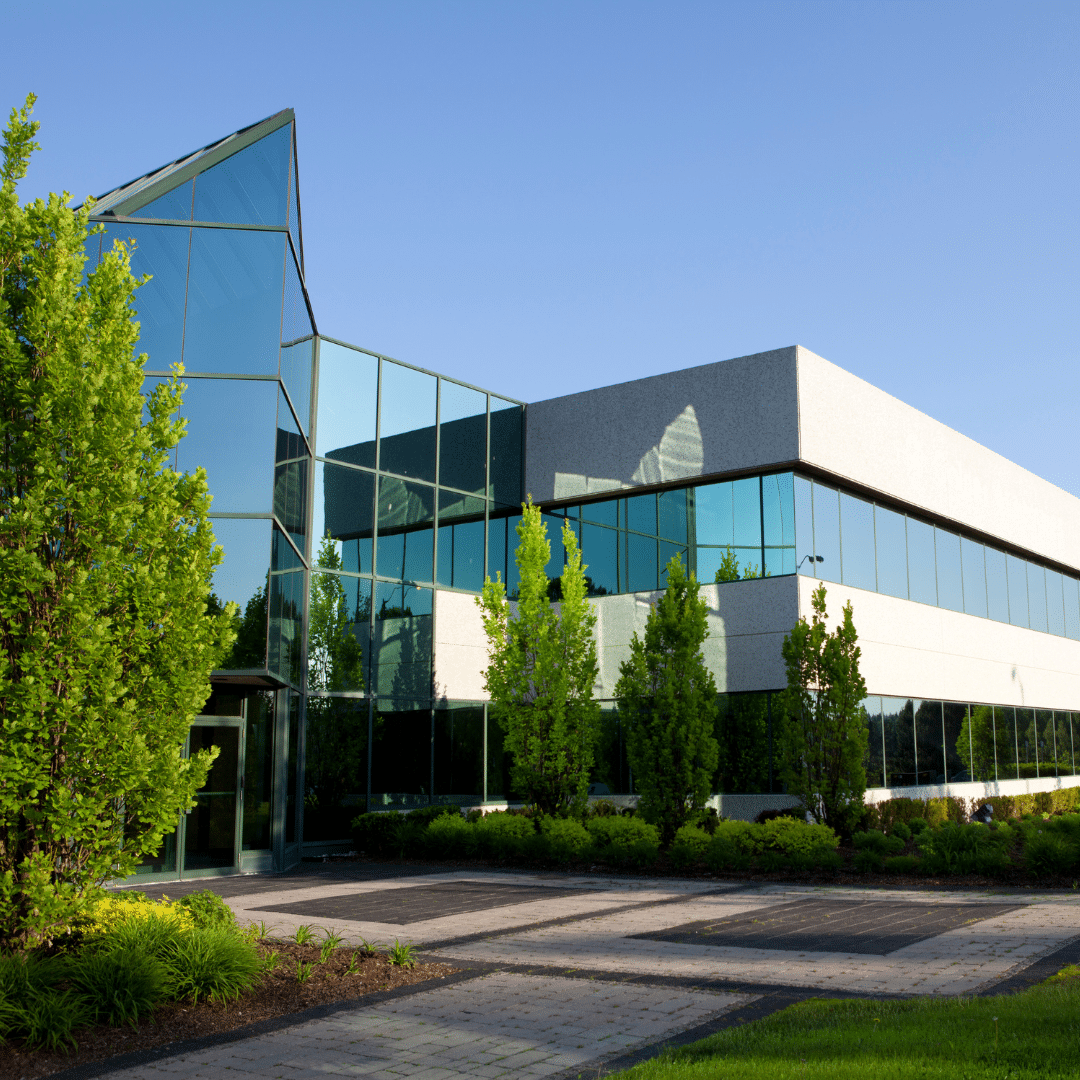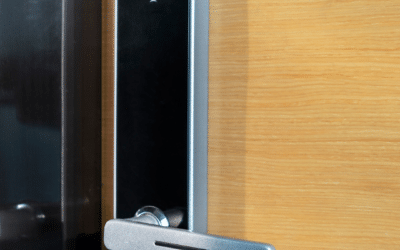Almost half of all the energy used in the United States is consumed by commercial buildings alone. With all of that energy being used, it would be wise for businesses, both from an economic and an environmental standpoint, to explore new methods to make their commercial buildings more energy efficient.
A highly efficient HVAC system, hand in hand with a well-designed building envelope that reliably retains heat and cool air, will go a long way in maximizing energy efficiency in commercial building construction. Designing the building so that all lighting, both natural and otherwise, can be effectively utilized will also greatly reduce energy usage and cost. Finally, smart building technology, which automatically controls various systems throughout the building, will guarantee that energy is used in a consistent way.
Table of Contents
Energy efficient HVAC system and building design
In order to ensure energy efficiency, one of the most important things you can do during the construction of a commercial building is to make sure the building envelope is properly designed. A “building envelope” refers to the separation between the interior and exterior of the building. Its purpose is both to protect the interior of the building from the elements, as well as to allow for control of the climate within the building. We’ve all experienced buildings with bad ventilation that can’t seem to stay at the desired temperature. Simply put, a well-designed building envelope will consistently keep the heat inside when it’s cold outside, and keep the cool air inside when it’s hot outside. Along with this, the layout of the building itself should be designed with airflow in mind, so that cool or warm air requires as little assistance as possible to freely flow through the building. You will not just benefit by being able to control the temperature of your building more consistently, but you will also save on your energy bill.
Coupled with a well-designed building envelope should be an energy-efficient HVAC system. HVAC stands for heating, ventilation, and air conditioning, so “HVAC” refers to the various technologies used in a building to control temperature, humidity, and air quality. Making this system as efficient as possible is an absolute must if you want to save on your energy bill, so much so that the Department of Energy has said that efficient HVAC equipment can reduce energy use by 50% for electric heating and cooling. That is certainly nothing to brush off! This is particularly true in large commercial buildings, as there is so much space for air to travel, and depending on what the purpose of the building is, you may require specially designed rooms where temperature differs greatly from the rest of the building. Most HVAC systems have an energy efficiency rating so that you can compare them before committing to a specific system.
Utilizing light for energy efficiency in commercial building construction
Another major cause of a high energy bill is inefficient lighting. The simplest solution to this is designing the building so that natural light can be taken advantage of as much as possible. Large windows facing south, open floor plans, and even the use of lighter colors on the walls can greatly increase the mileage you get out of natural sunlight. Specially designed windows can help with lighting as well as temperature regulation. Electrochromic windows can change their tint based on the intensity of sunlight in order to reduce heat on hot days, as well as let more heat in during cold days.
Even electric lighting can be utilized in certain ways to conserve energy. LED lights are preferred for this purpose, as they last a very long time while requiring a fairly low level of power to function. Building design can play a major role in the efficiency of your electric light usage as well. An open floor plan will allow a minimal amount of light sources to effectively light a large area. Consider what parts of your building could take advantage of this type of floor plan during the design phase.
Smart building technology
Consider using cutting-edge technology to turn your commercial building into a smart building. A smart building uses technology to automate its energy systems. The HVAC, electricity, and even security systems can be linked to a centralized system that monitors how all these systems are used in order to optimize energy efficiency without you having to lift a finger. The climate of the building can be automatically regulated, even varying from room to room. Lighting can also be automated, so you will never have to worry about people leaving lights on in rooms that are not being used.
By monitoring the performance of the systems, smart technology also greatly reduces maintenance needs. If something does go wrong, the smart system will let you know as soon as the problem is detected. This way, issues are not allowed to go unnoticed and grow in severity. What better way is there to keep everything running smoothly than having the building literally tell you when something is wrong?
Create an efficient building for efficient business.
Commercial buildings can be giant energy guzzlers. Luckily, there are many steps that can be taken in the construction process to greatly reduce energy use and cost down the line. If you are concerned about energy efficiency in commercial building construction, contact Remington Builders Group today!
Can I renovate an older commercial building to make it more energy efficient?
Absolutely! Certain updates, such as installing a new HVAC system, can be made to make even an old building more energy efficient. Contact Remington Builders Group for your commercial renovation needs!




0 Comments